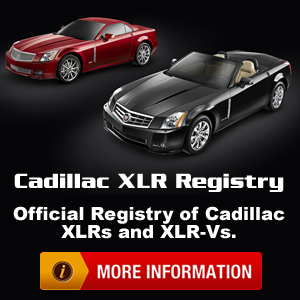For what it's worth, my take on this matter would be to first question whether the "XLR dealer" mentioned above is reading the meter correctly?
An acceptable current draw on a vehicle should be around .03 Amps (30 milli amps). Maybe he meant to say .043?? If the .30 amp draw can not be managed then up to .05 Amp draw could be acceptable. if the vehicle is driven frequently. A 1.0 Amp (never mind 2.3 Amps) draw is way too high for a vehicle in the "off" state By off, I mean after a a couple, three hours.
Many devices on the vehicles like the XLR have retained and parasitic draw for times well past turning the car off. Radio memory, memory seats, Navigation and On Star components initiate fractional power draws. Some systems such as On-Star wake up and sleep during down time.
I would consider a 100 milli amps draw as indicative of something gone wrong. Figure a 60 milli amp draw would pull almost 2 amps a day. If the battery is fully charged (and most are not) a battery, inside three weeks, will be down.
A typical battery with a 50 or 60 amp hour rating as would be applicable for the XLR will not stand up to excessive current draws mentioned here in this forum prior posts . Day to day drivers, probably yes, but infrequent to weekend drivers not so much.
Bill
<body id="cke_pastebin" style="position: absolute; top: 0px; width: 1px; height: 1px; overflow: hidden; left: -1000px;">I've come across this many times.
The acceptable current draw should be around 0.03Amps. If that can't be achieved upto 0.075-0.1 can be acceptable if the vehicle is driven most days.
</body>



